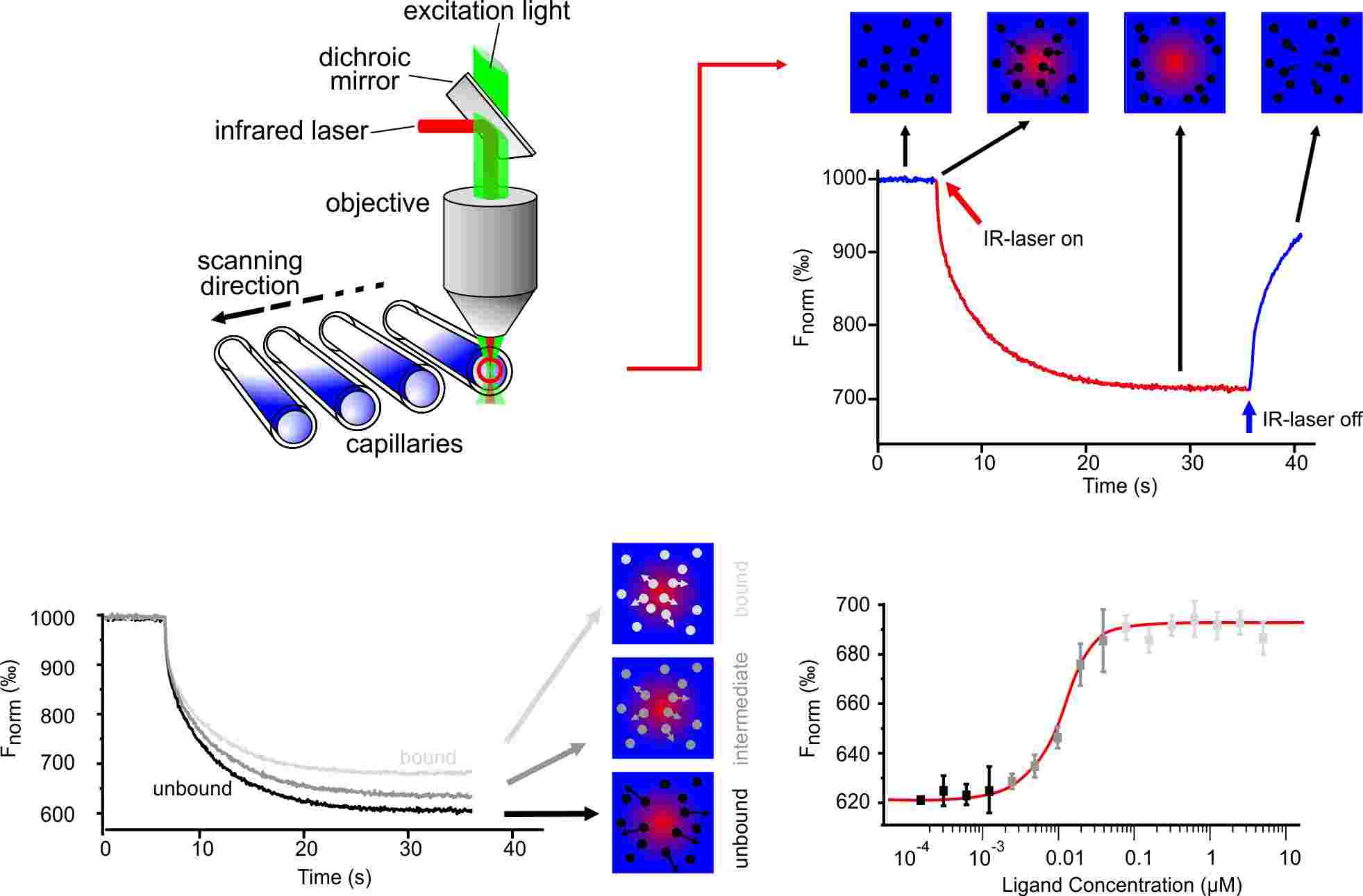Aptamers are the latest macromolecular drugs with clinical application value. They are also the synthetic combination and sensory tool of industrial diagnosis and basic research. Our extensive experience in aptamer identification and our extensive portfolio of suitable biophysical analysis can help aptamer developers to carry out projects more effectively.
Background of Competition Assays for Aptamer Characterization
Aptamers are effective binding molecules to recognize different kinds of target molecules. Therefore, aptamer is widely used in various complex methods of therapeutics and diagnostics. Establishing these complex analyses usually requires more information than just classical binding parameters such as affinity, stoichiometry, and thermodynamics. In therapeutics, information about the efficacy of aptamers in inhibiting interactions with important targets can be very interesting. Various competitive analysis methods can meet this purpose, which can be used to determine the ability of your aptamer to destroy the complex of the target molecule and its natural ligand, or to test the effect of your aptamer on the interaction between the target and its natural ligand.
Methods of Competition Assays for Aptamer Characterization
-
MicroScale Thermophoresis (MST)
MicroScale Thermophoresis (MST) is a novel, fast, and accurate method for characterizing these small molecule-aptamer interactions in solution on a microliter scale. This technology is based on the movement of molecules through a temperature gradient, and measures the intensity of the interaction between two molecules by detecting variations in the fluorescence signal as a result of temperature changes caused by infrared (IR)-lasers.
MST provides a variety of highly informative measurement methods that can meet the needs for details, and have a highly sensitive cost and time efficiency, which can meet the characterization and detection of aptamer competitive analysis.
 Fig. 1 Technical setup of the MST.1
Fig. 1 Technical setup of the MST.1
-
Biolayer Interferometry (BLI)
Biolayer interferometry (BLI) is a label-free biosensor technology that can analyze the dynamics of molecular interactions in real-time by detecting changes in the interference pattern of white light reflected from the tip surface of the fiber optic sensor. This method has been proved to be able to study the interaction between the aptamer and its target protein by immersion and reading of the biosensor immersed in the microporous plate. BLI provides a wealth of information including qualitative data such as binding specificity, quantitative data such as chemometrics, dissociation constants (KD) and kinetic parameters.
 Fig. 2 The principle of BLI.2, 3
Fig. 2 The principle of BLI.2, 3
Aptamers have attracted much attention due to their similar binding capacity with antibodies, easy separation, modification, customizable binding affinity, chemical synthesis and resistance against denaturation. As mentioned above, we will use BLI or MST to characterize aptamers in competitive analysis, if you are interested in specific example applications, please contact us to ask us anything about the services. We will get back to you shortly with a solution made specifically for your request!
References
-
Jerabek-Willemsen, Moran, et al. "MicroScale Thermophoresis: Interaction analysis and beyond." Journal of Molecular Structure 1077 (2014): 101-113.
-
Müller-Esparza, Hanna, et al. "Bio-layer interferometry analysis of the target binding activity of CRISPR-Cas effector complexes." Frontiers in molecular biosciences 7 (2020): 98.
-
under Open Access license CC BY 4.0, without modification
Related Product
Questions & Answer
A: Competition assays yield valuable information about the aptamer's binding affinity, specificity, and relative potency compared to other molecules. These assays help in selecting the most suitable aptamer for specific applications, such as diagnostics, therapeutics, or targeting studies.
A: Yes, Competition assays for aptamer characterization dervices can be tailored to specific targets or molecules of interest. Customization allows researchers to evaluate aptamers in a biologically relevant context, ensuring accurate characterization for their intended applications.
A: Competitors used in these assays can vary depending on the target and application. They can include naturally occurring ligands, small molecules, peptides, or other proteins that interact with the target molecule.
For Research Use Only.
Related Sections:

 Fig. 1 Technical setup of the MST.1
Fig. 1 Technical setup of the MST.1
 Fig. 2 The principle of BLI.2, 3
Fig. 2 The principle of BLI.2, 3